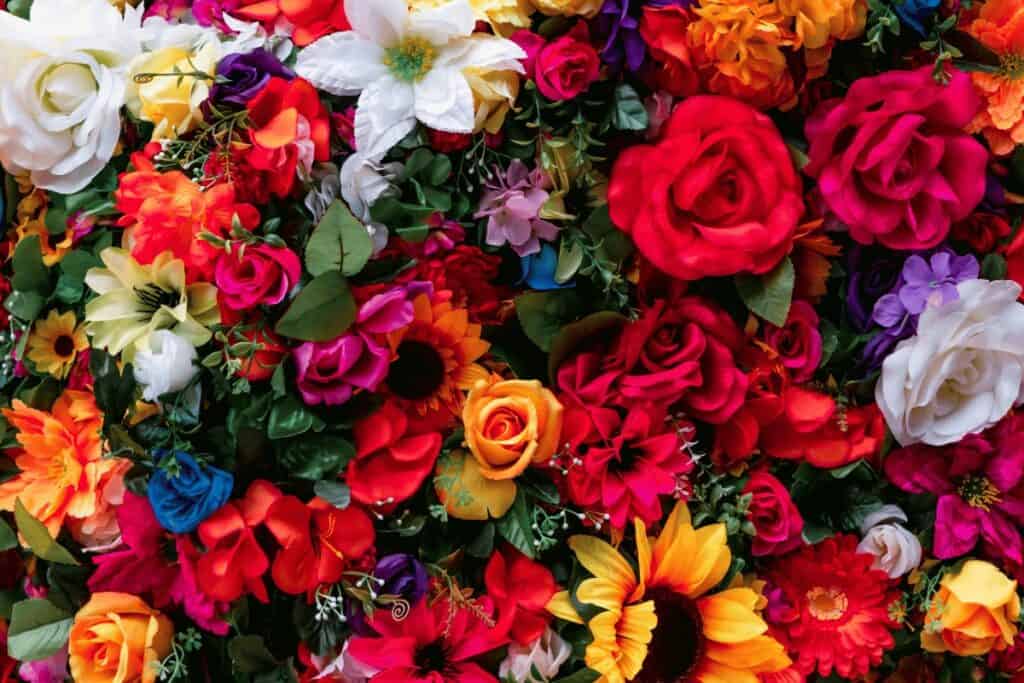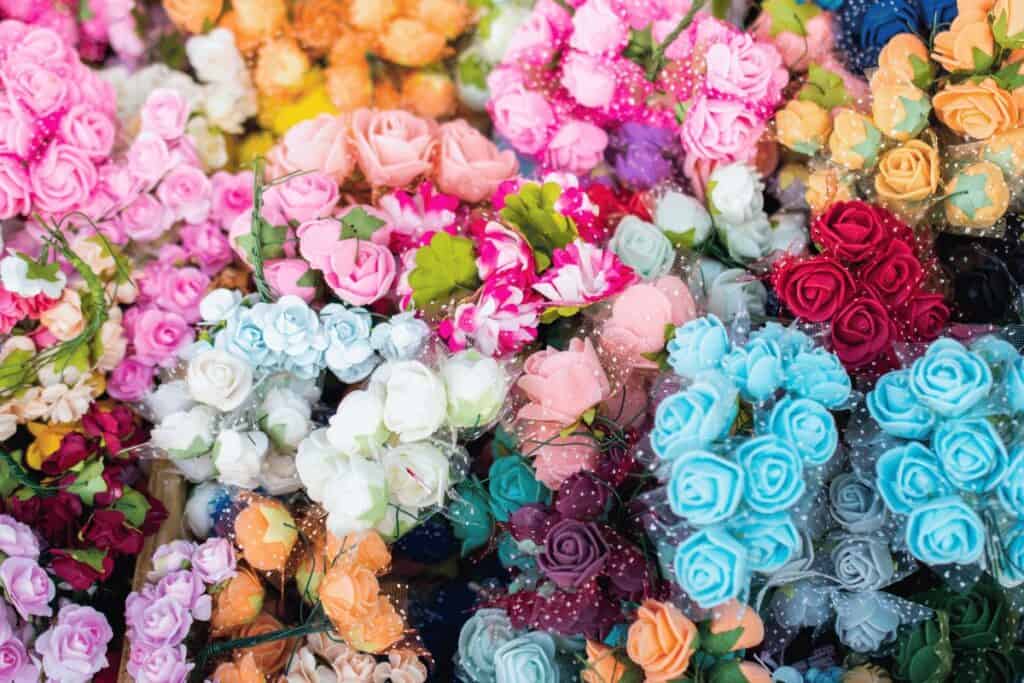In this article History of Traditional Flower Gardens, Flowers have been a source of joy, inspiration, and cultural significance throughout human history.
From ancient civilizations to modern times, traditional flower gardens have evolved, reflecting the changing tastes, values, and lifestyles of societies.
Let’s take a stroll through the rich history of these vibrant and blooming landscapes.
I. Introduction ~ History of Traditional Flower Gardens
A. Definition of Traditional Flower Gardens
Traditional flower gardens are cultivated spaces where various flowers are grown for aesthetic and often symbolic purposes. These gardens have deep roots in human history and have played a crucial role in various cultures worldwide.
B. Historical Significance of Flower Gardens
Flowers have held symbolic importance in religious, cultural, and artistic contexts. Traditional flower gardens serve as living canvases, capturing the essence of different periods and civilizations.
II. Ancient Civilizations and Gardens

A. Mesopotamian Gardens
Mesopotamians adorned their gardens with a variety of flowers, creating oasis-like retreats. The Hanging Gardens of Babylon, one of the Seven Wonders of the Ancient World, is a testament to their horticultural prowess.
B. Egyptian Gardens
In ancient Egypt, gardens were associated with the afterlife. Flowers like lotus and papyrus held spiritual significance, and garden design was meticulous, reflecting the precision of Egyptian culture.
C. Greek and Roman Gardens
Greek and Roman gardens were characterized by symmetry and order. Flowers were cultivated for their beauty, and the layout of these gardens influenced European garden design for centuries.
III. Medieval European Gardens

A. Monastic Gardens
Monastic gardens in medieval Europe served both spiritual and practical purposes. They often featured medicinal plants and herbs, emphasizing the connection between nature and health.
B. Formal Gardens of the Renaissance
The Renaissance era saw the rise of formal gardens with geometric designs. Flowers were chosen not only for their beauty but also for their symbolic meanings, contributing to the overall aesthetic.
IV. Asian Influences
A. Chinese Gardens
Chinese gardens were designed to reflect the harmony of nature. Flowers like peonies and lotus held cultural significance, and the intricate layouts inspired tranquility and contemplation.
B. Japanese Gardens
Japanese gardens, influenced by Shinto and Buddhist philosophies, embraced simplicity and natural elements. Cherry blossoms and chrysanthemums became iconic symbols in these serene landscapes.
C. Indian Gardens
Gardens in India often featured vibrant flowers like marigolds and jasmine. They were designed to complement the surrounding architecture and celebrate the beauty of nature.
V. The Victorian Era
A. Romantic Gardens
The Victorian era saw a resurgence of interest in flowers, driven by the romantic movement. Elaborate gardens became a reflection of personal expression, with flowers communicating sentiments and emotions.
B. The Language of Flowers
Symbolism reached its peak during this period, giving rise to the “language of flowers.” Each flower carried a specific meaning, allowing individuals to convey sentiments through carefully chosen arrangements.
VI. Modern Trends
A. Cottage Gardens
In the 20th century, cottage gardens gained popularity for their informal and unstructured designs. These gardens embraced a mix of flowers, creating a charming and welcoming aesthetic.
B. Public and Private Flower Gardens Today
Traditional flower gardens continue to thrive in both public and private spaces. From botanical gardens to backyard retreats, people embrace the beauty and joy that flowers bring to their surroundings.
VII. Benefits of Traditional Flower Gardens
A. Aesthetic Appeal
The visual beauty of flower gardens enhances the overall appeal of any space, creating a sense of tranquility and delight.
B. Therapeutic Benefits
Engaging with nature, as found in flower gardens, has proven therapeutic benefits, reducing stress and promoting well-being.
C. Environmental Impact
Flower gardens contribute to biodiversity, attracting pollinators and fostering a healthier ecosystem.
VIII. Challenges and Conservation Efforts
A. Threats to Traditional Flower Gardens
Urbanization, climate change, and habitat destruction pose threats to traditional flower gardens worldwide.
B. Initiatives for Preservation
Various conservation initiatives aim to protect and preserve traditional flower gardens, recognizing their cultural and ecological significance.
IX. DIY Tips for Creating a Traditional Flower Garden
A. Choosing the Right Flowers
Consider climate, soil conditions, and personal preferences when selecting flowers for your garden.
B. Design and Layout Considerations
Plan your garden layout for aesthetic appeal and functionality, keeping in mind factors like sunlight and water requirements.
C. Maintenance Tips
Regular care, including watering, pruning, and pest control, is essential for a thriving flower garden.
X. Conclusion ~ History of Traditional Flower Gardens
In conclusion, the history of traditional flower gardens is a tapestry woven with the threads of human creativity, culture, and appreciation for nature’s beauty.
From the Hanging Gardens of Babylon to the cottage gardens of today, these floral landscapes continue to captivate and inspire.
As we navigate the challenges of the modern world, preserving and cultivating traditional flower gardens becomes not just a hobby but a responsibility, ensuring that future generations can enjoy the timeless beauty of blooming petals.
Additional Information
https://en.wikipedia.org/wiki/History_of_gardening
Latest Posts
- What Types of Lettuces Can You Grow?

- How to Plant Onion Seeds for Maximum Germination

- How to Plant Parsnip Seeds for Maximum Germination

- How to Plant Mushroom Seeds for Maximum Germination

- How to Plant Lettuce Seeds for Maximum Germination

- How to Plant Kale Seeds: A Step-by-Step Guide to Maximum Germination Success!

FAQs
Can I create a traditional flower garden in a small space?
Absolutely! Many traditional flower garden designs are adaptable to small spaces, and container gardening is a great option.
What are some low-maintenance flowers for beginners?
Marigolds, zinnias, and petunias are excellent choices for beginners, requiring minimal care.
How can I attract pollinators to my flower garden?
Planting native flowers, providing a water source, and avoiding pesticides can attract bees, butterflies, and other pollinators.
Are there traditional flower gardens open to the public?
Yes, many botanical gardens showcase traditional flower gardens, allowing the public to enjoy and learn from these beautifully curated spaces.




